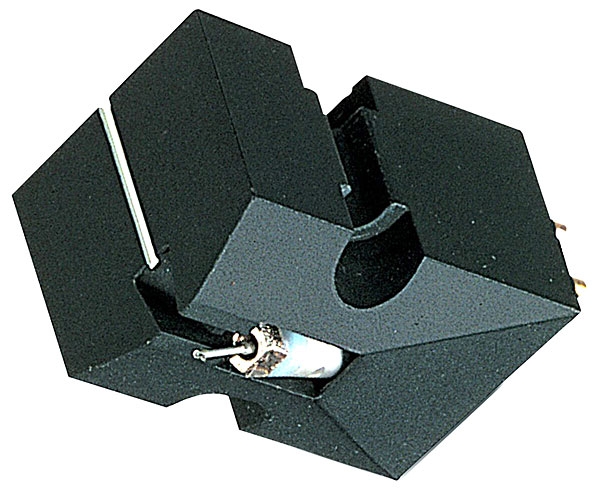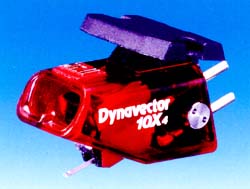There aren’t many cartridges that are as divisive as this one. Some people say it has a magical, natural melody that is simply not available in any other pick-up. Others believe it is an out-of-date old bruiser that is absolutely out of its element in today’s world. After owning many variations, all of which were acquired new and unmodified from Denon in Japan, I now lean toward the latter viewpoint…
In 1962, the cartridge was introduced as a high-quality yet durable moving coil for professional broadcast use. Denon has never ceased producing since then, but has released a confusing array of variations. With a plastic body, aluminium cantilever, and 16.5 m spherical stylus, it looks downright archaic when compared to modern pickups. None of these materials are appropriate for providing optimum sound quality in the twenty-first century.
These days, skeleton bodies, or lower resonance, curved composites that trap less standing waves, are popular. Aluminium is one of the cheapest cantilever materials, but cartridge designers dislike it; the better-sounding moving coils use elaborate crystal kinds or hybrid metals. The cheapest moving magnet cartridges use spherical styli; the tip is designed to plough through dusty grooves at relatively high tracking forces. All of these features, combined with the cartridge’s low compliance (5cu), make it excellent for applications that prioritize reliability and durability over sound.
The DL103’s claimed frequency response is 20Hz to 45kHz, with a 0.3mv output; output impedance is 40, and load impedance is 100. At 1kHz, the quoted channel separation is almost 25dB. None of these values compare favorably to those of, say, the similarly priced Audio Technica AT-F7, whose output level is closer to that of a 1970s Supex. The 8.5g weight isn’t an issue, but the estimated tracking weight of 2.3 to 2.7g is inadequate by modern moving coil standards; a competent modern MC should track about 2g.
All of this implies that the Denon need a sympathetic partnership system, which those who get the best results from them provide. We’re talking about a high-mass tonearm like the ones seen on integrated turntables from Lenco, BSR, and Garrard in the 1960s and 1970s. In terms of modern hi-fi, it sounds better on a SME Series V or a Linn Ekos than on many others, but to fully partner it, you’ll need to stray from the tonearm mainstream.
The stock 103 is a fiery performer acoustically; it’s easy to see why people enjoy them because they delve into the spirit of the music like a Decca; there’s a sense of force and emotion, and nothing is ever dull or uninteresting. The problem is that as you hear beyond this, you’ll notice a distinct lack of tone color — the 103 has a slightly warm upper bass that gives the sound a sense of fulsomeness, but this never leaves the song. It’s as if the DL103 is an effects processor, and every LP you play has the same tonal flavor, whether it’s a dry 1970s rock record or a bright, sparkly 1980s pop album.
Bass is also a bit wooden. It appears to be rather peppy on the surface, but it tends to make everything sound a little monotonous; once again, the cartridge adds its character to the song, overpowering it. The midband creates a powerful core stereo image with well-defined images, but there is little stage left or stage right. It’s also lacking in depth, sounding more like processed mono than seamless, surround-sound stereo. The stylized stereo soundstage, along with the strong bass and good rhythmic speed, creates an interesting sound, but it’s fake, as if it’s been through an effects unit. Finally, weak treble depletes a recording’s subtlety and finesse; like a ‘high filter’ on an outdated music player, it saps the glitter from cymbals and shaves the top off high piano harmonics.
The Denon DL103’s gruff, energetic sound will liven up a dull turntable, amplifier, or loudspeaker (unsurprisingly, many 103 enthusiasts prefer tube amps) – and it’s certainly good value at £170. When placed in a well-balanced modern system, however, the mystique begins to fade. It’s a rudimentary gadget by today’s standards, and while the more expensive variations improve it significantly – adding clarity, low-level detail, and finer treble – it’s still a matter of polishing something that’s not really worth polishing. Personally, I’d go for an Audio Technica AT-F7 or AT-OC9, or save up for a Lyra Delos – now that’s a cartridge you’d want to pick up!







